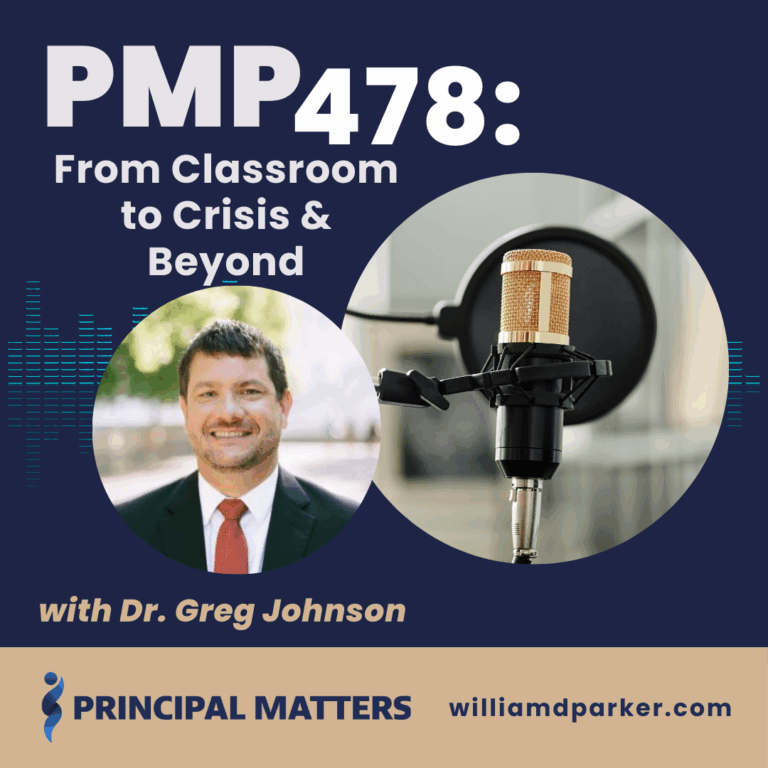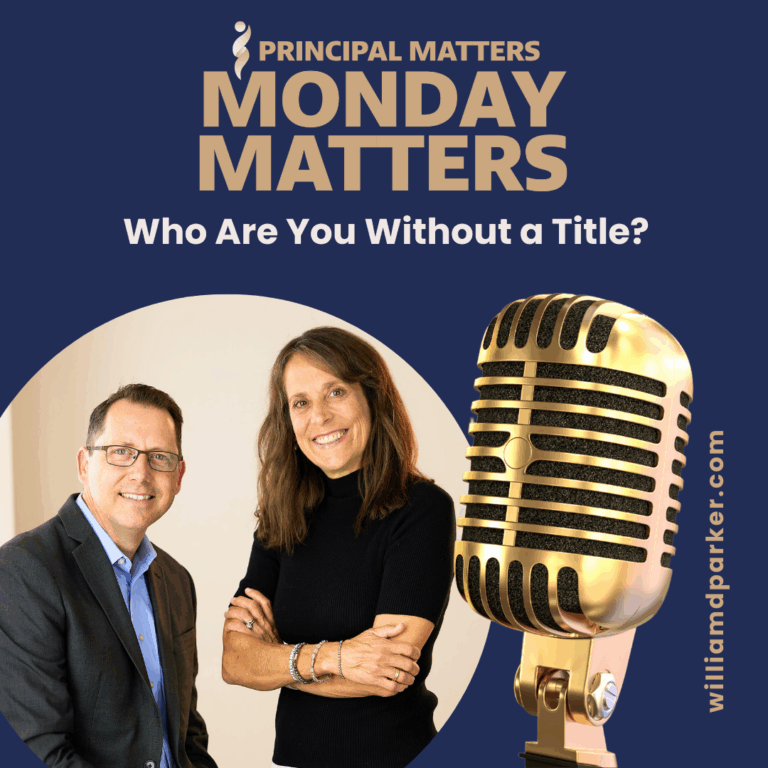A couple of years ago, I had the privilege to participate in a ten day tour of four cities in China.
On one leg of the trip, I sat by a woman who was fluent in English and on her way home after finishing graduate work at Boston University. We enjoyed trading stories about our families, home, schools, and studies. Toward the end of our conversation, she turned to me and asked poignantly, “Why do U.S. schools not measure up to other nations on standardized tests?”
This was a fair question. After all, I had seen the statistics and witnessed first-hand how accomplished the Chinese-style of education seemed to be. As a good teacher does, I answered her question with some questions of my own. “Tell me,” I said, “at the schools you attended growing up, how many students did you know with disabilities?”
“What do you mean?” she replied.
“Anyone in a wheelchair?”
“No,” she responded.
“Any pregnant girls attending school? Or students who struggled with reading or dyslexia? Or any who required an interpreter? Or were seeing or hearing impaired?”
“Not that I know of.”
“You see,” I patiently explained. “In U.S. public schools, we accept every student: the ones who struggle and the ones who don’t. Our test scores reflect ALL their outcomes, not just select groups.”
“I never knew that,” she said with a surprised look.
I didn’t bother to tell her that many American politicians didn’t seem to understand that either.
A Perspective Check
As school leaders, we are ultimately held responsible for the wins and losses of our schools. At the same time, we have to keep those outcomes in perspective with the realities each school faces.
This is by no means an excuse for mediocre expectations or outcomes. On the contrary, ours is often a greater challenge to overcome the obstacles our students face so that they perform well in spite of, not in absence of those difficulties.
Even though comparing our schools to others may be comparing apples to oranges, U.S. schools certainly are facing some daunting trends.
For instance, a few weeks ago, I listened to a presentation by Bill (Willard) Daggett, Founder and Chairman of International Center for Leadership in Education. His research is a vivid reminder of how American schools are struggling with outcomes.
Some Sobering Stats on K-12 Schools
Here are some statistics he shared from his research:
1. A scary and growing trend is the percentage of young people who are no longer eligible for the military.
70% of the young people in America are considered unqualified for military enlistment.
This is the result of lack of high school diploma (knocks out 30%), inability to pass basic literacy test (28% can’t pass the ASVAB; the test is becoming harder as the military requires more advanced critical thinking skills), and lack of fitness due to obesity, drug-abuse, and a record of incarceration.
If students are not ready for the military, they are not employable in other jobs that require advanced critical thinking. Daggett asked, “Are 70% of our young people headed to a life of public assistance?”
2. American students are also not college ready:
- 51.7% of two year college students need remediation;
- 19.9% of four year college students need remediation;
- 44.5% of two year college students drop out;
- 34.8% of four year college students drop out.
In my own state of Oklahoma, the average graduation rate is as follows:
2 year college graduation rate: 29.1% (in Oklahoma 9% graduate in 100% time, 17.3% in 150% time)
4 year college graduation rate: 36.6% (in Oklahoma 21% graduate in five years, 45% in six years).
3. American students are also not considered career ready:
13 million Americans are unemployed BUT 3.8 million jobs (many of them $50,000 a year or more) in the U.S. remain unfilled. Why? They are skills jobs.
4. American students are a challenge to employ:
53.6% of Bachelor’s degree holders under 25 are jobless or underemployed. Just because a student has a degree, doesn’t mean he/she is employable. Your major matters A LOT, and students are not choosing majors that result in skill-level jobs. As Daggett puts it, “College should be a means to an end, NOT the end.”
5. As technology becomes more sophisticated, we are losing low level jobs:
Will our children have the ability to move up to the next level? Another Daggett quote: “Anything you can write an algorithm for can be done more efficiently by technology than by a person.”
Keeping Perspective Amidst Challenges
With all this statistical support in mind, wouldn’t it be tempting to abandon K-12 education in the U.S. as a broken model? Or wouldn’t it be easier to offer up the excuse I did to my friend in China: that we struggle because we inherit our students, not choose them?
The answer to those questions, we need to look at school models that show improvement despite their challenges. And there are plenty of them: Daggett’s organization provides multiple case studies. The NASSP does the same with its Breakthrough Schools models.
In Daggett’s research, schools that succeed consistently focus on the following:
- student achievement
- instructional effectiveness
- teaching
- instructional leadership
- organizational leadership
Many educators are also aware of the study conducted by the Bill and Melinda Gates Foundation on effective school practices almost ten years ago. The Gates Foundation identified the “3 R’s” necessary in any school that showed significant student achievement:
The first R is Rigor – making sure all students are given a challenging curriculum that prepares them for college or work;
The second R is Relevance – making sure kids have courses and projects that clearly relate to their lives and their goals;
The third R is Relationships – making sure kids have a number of adults who know them, look out for them, and push them to achieve.
These solutions and practices seem deceitfully simple, but they encapsulate the basic foundations for the many school communities who tackle high drop-out rates, encourage high student success, and prepare students for life outside of school.
K-12 Belongs To All Of Us
As Dr. Daggett teaches, we can either learn to take control or to be controlled by the trends in our nation’s schools. We can also remember that we have the privilege of teaching EVERY student. As he puts it, “Equity in education is really expensive. You can’t afford equity without economic success in a country. You can’t have economic success without high rigor and relevance.”
Unlike some of our international counterparts, U.S. K-12 public schools do not choose which students enter our schools. But our melting-pot environment is also no excuse for remaining average.
Instead of constantly comparing ourselves to our international counterparts, we would much better serve our K-12 students by seeing the possibilities in our diverse populations, committing to best practices, and supporting our schools as places that can make a difference.
The next time someone asks why your schools don’t measure up, don’t sugarcoat the facts. But also don’t ignore the unique set of challenges that make K-12 schools some of the most exacerbating and exhilarating places to serve.
Now It’s Your Turn:
What’s one thing happening in your school right now that is helping students increase college and career readiness? Share with the rest of us.
Subscribe For Free Updates
Want to read more insights on school leadership? Subscribe to receive my weekly posts from WilliamDParker.com? Visit here for information on how you can sign up and receive weekly updates.




